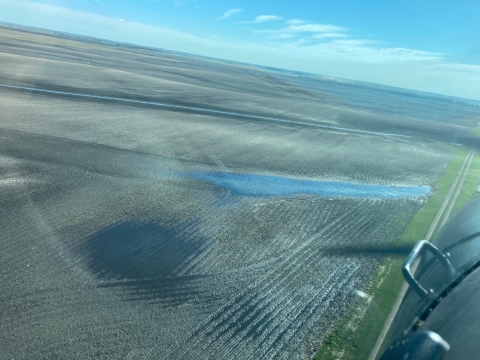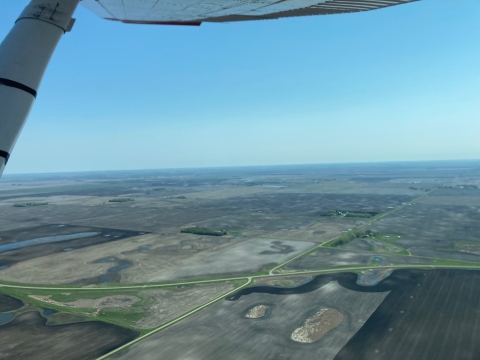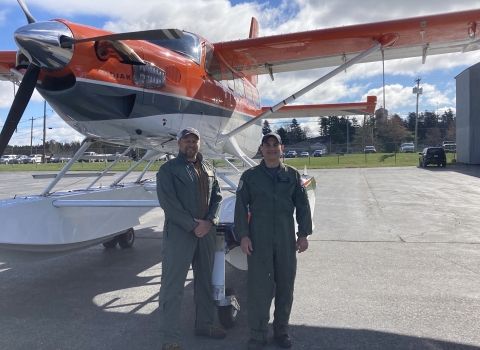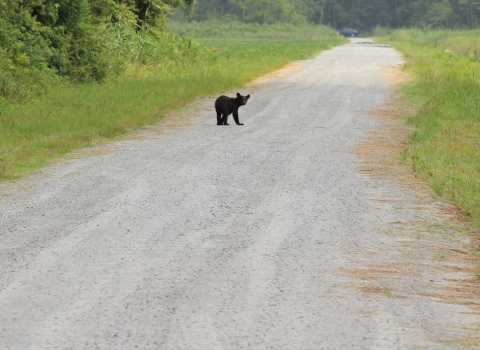This year, as part of the Waterfowl Breeding Population and Habitat Surveys, I flew the Dakotas with Jeff Drahota, and we began flying immediately after we met with Pierre, SD. We began with completing the portion of South Dakota west of the Missouri River. South Dakota was experiencing a deep drought as the drought from last summer, the lack of snow over the winter, and a fairly dry spring through March were extremely dry. Then came April. April provided a solid shot of much needed precipitation in the form of snow and rain. The 5-7” above average April precipitation amounts across most of South Dakota took the drought away and went from a precipitation deficit to a surplus.
Conditions in western South Dakota were about as good as they have been in many years, looking very similar to 2023. Similar conditions existed across much of South Dakota east of the Missouri River in the prairie pothole region as well. The south east portion of the state noted the most remarkable improvement over the past several years. Unfortunately, much of this water may have arrived a bit too late to benefit nesting waterfowl. Many of the wetlands didn’t have waterfowl even though conditions were great. With the winter being very mild as well as early spring, the migration was a bit early this year and many of the ducks may have moved through prior to conditions improving.
As we flew north, habitat conditions began to deteriorate moderately and began drying out north of Aberdeen, SD. By the time we got north of Jamestown, ND, conditions became much dryer. This didn’t paint a story of doom and gloom for waterfowl production however. While many of the seasonal wetlands were dry in North Dakota, most permanent and semi-permanent wetlands across the state were full to nearly full. There was no evidence of excess rainfall as indicated by sheet water as we saw in South Dakota. What we did observed was that many more of the wetlands were occupied by breeding pairs of waterfowl in North Dakota than we observed in South Dakota.
Overall, conditions across the Dakotas are good and should support good waterfowl production this spring. North Dakota should produce better numbers than South Dakota, particularly if precipitation continues across the state. While conditions in South Dakota appeared better, it seems much of the spring precipitation may have arrived a bit too late. At this point, the forecast seems to indicate the Dakotas will remain in a wet cycle for the foreseeable future, at least into early June. This should bode well for waterfowl production across the prairie pothole region of the Dakotas.








